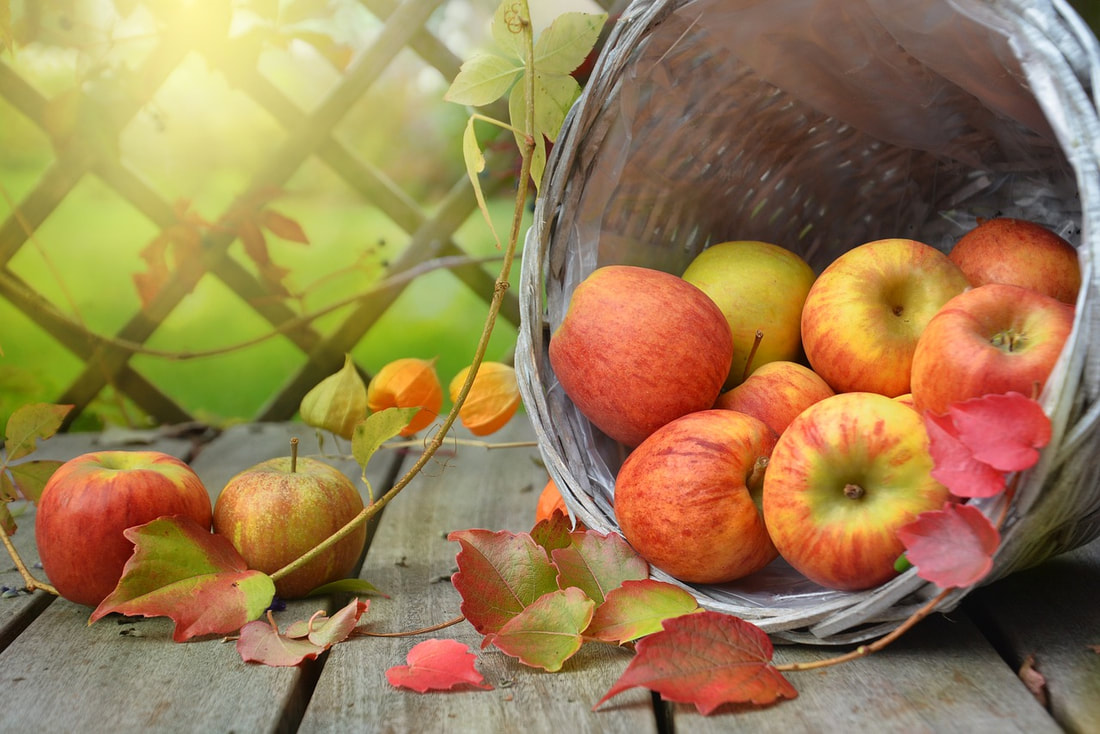|
I recently watched a documentary called “Food Fight” and it brought up some interesting facts about MSG.
Being third generation Japanese-American, I was brought up on MSG, otherwise known as Ajinomoto. Later, I found out that this was MSG, or monosodium glutamate, and was told it was not even a food but rather a food additive that changed your perception of taste. I also learned that it was not a good thing to eat, so I quit cooking with it and tried to avoid it. From my research, I learned that the Japanese started using naturally occurring MSG from seaweed to flavor their foods in 1908. MSG started showing up in American foods from manufactured sources in the 1940s. The Japanese labeled a 5th sense “umami” from what MSG does to the taste buds. MSG is often made from fermentation of food starch from cereals or molasses that comes from sugar beets or sugar cane. MSG stimulates taste, smell and hunger. In 1968, Dr. John Olmey was doing research on MSG in mice and found that all mice fed MSG became grossly obese. Mice are often used in studies since they react similarly to human beings. MSG causes a 40% increase in appetite in mice and all mice who ate MSG became obese. It is believed that human sensitivity to MSG is 5 times greater than mice and 20 times greater than rhesus monkeys. In the documentary “Food Fight,” they state that MSG is found in 85% of all processed foods and this food additive is probably meant to encourage eating and thus contributes to weight gain. Only about 15% of the population is sensitive to MSG and the symptoms produced by ingesting MSG are short lived. MSG has 1/3rd the sodium of table salt. MSG originally came from seaweed in its natural state, but now most MSG is manufactured. Other foods with naturally occurring MSG include ripe tomatoes, Parmesan and Roquefort cheeses, mushrooms, peas, broccoli and corn. Symptoms of MSG sensitivity include numbness and pressure in the face, heart palpitations, chest pain, nausea, vomiting, headaches, sweating, wheezing, shortness of breath, throat swelling, asthma and burning sensations. Foods that commonly have added MSG include canned soups and vegetables, frozen foods, processed meats, sausage, fast food, Asian food, chips, artificial cheese flavoring, onion soup mix, bouillon, snack crackers and salad dressings. Be aware that MSG is also known by other names such as glutamate, monosodium L-glutamate, L-glutamic acid, monoammonian L –glutamate, monpotassium L-glutamate, yeast extract, hydrolyzed protein, caseinate, natural flavors, vegetable protein extract, gelatin, malted barley, maltodextrin, modified food starch, textured protein and caramel. Most processed foods contain MSG. The obesity problem in America is serious and MSG in processed foods may be one contributing factor. Eating fresh, organic, naturally raised meats, vegetables and fruits may be our best bet in combating obesity and other health problems.
0 Comments
 Image by Rebekka D from Pixabay Image by Rebekka D from Pixabay Approximately 33% of Americans produce more insulin than is healthy to maintain normal blood sugar. The National Institute of Health reports about 60% of Americans are overweight. These statistics could be lowered by simply eating healthier foods to break this cycle of increasing blood sugar thereby increasing insulin release, which produces fat storage and increases the appetite, which goes back to increasing blood sugar. Sugar makes you fat, so avoiding foods that create high blood sugar such as Halloween candy and cookies, potatoes, white rice, sweetened cereal, soda and white bread, will decrease fat production and use up fat stores more effectively. Exercise, particularly walking, helps utilize fat as a fuel. Fat is a very concentrated fuel source and needs lots of oxygen to break it down. Trick-or-Treating can be good exercise for you and your kids. Walking one mile, no matter how fast you go, burns 100 calories. A pound of fat produces 3500 calories. So you can burn off a pound of fat in 17.5 miles of walking. Walking 2 miles per day, you can lose a pound of fat in about 9 days. Eating the right foods can also minimize excess fat storage and unhealthy food cravings. An article in the Journal of the American Medical Association stated: “In 2010, more than one third of children and adolescents were overweight or obese.” This might be a good time to add a few non-candy items to the kiddies’ treat bags to help reduce the temptation to pig-out on sweets. If you do choose to give out candy, choose non-chocolate varieties with fewer calories like hard candies or licorice. Try raisins, pretzels, juice boxes, mini water bottles, plain cookies and crackers, popcorn and low fat granola or cereal bars. A trip to the party store can yield numerous non-food items that kids love. Look for small inexpensive gadgets and things kids collect such as pencils, rubber balls, erasers, small toys like ghosts, goblins, witches, or maybe waxed lips, glow sticks, stickers, key chains, bubbles and art supplies like chalk, coloring books and crayons. Making some changes on this fun holiday might lead to better health habits all year long. |
Sheila’s BlogI focus on the topics you care about most. Categories
All
Archives
February 2022
|
|
55 S. Raymond Ave. Suite 100
Alhambra, CA 91801 Main Phone: (626) 576-0591 Alternate Phone: (626) 538-3966 Fax: (626) 576-5890 Email: [email protected] |
© 2015 Yonemoto Physical Therapy. ALL RIGHTS RESERVED.
|


 RSS Feed
RSS Feed